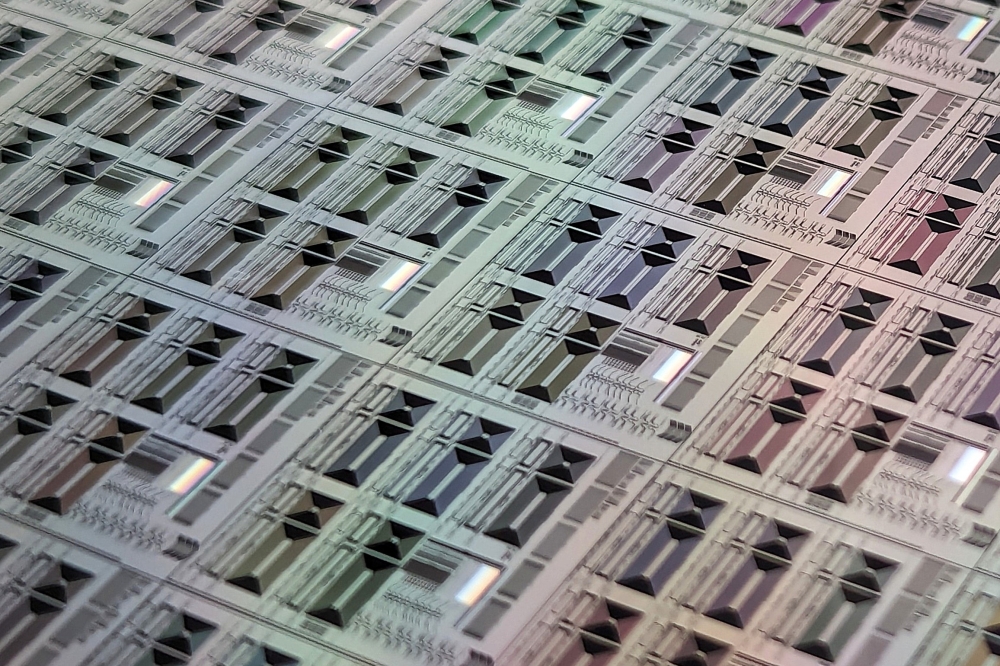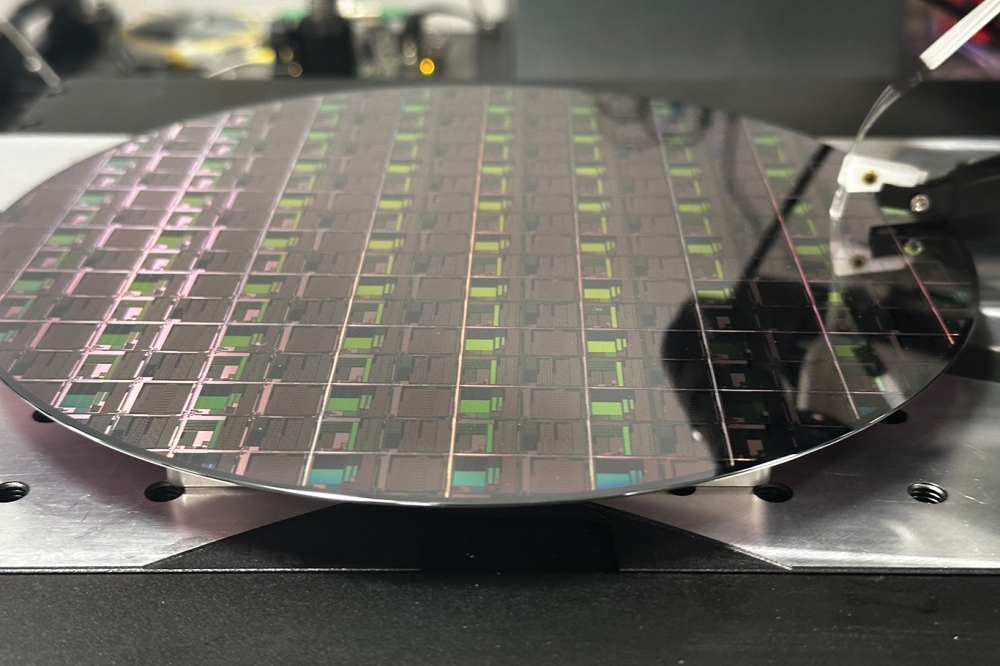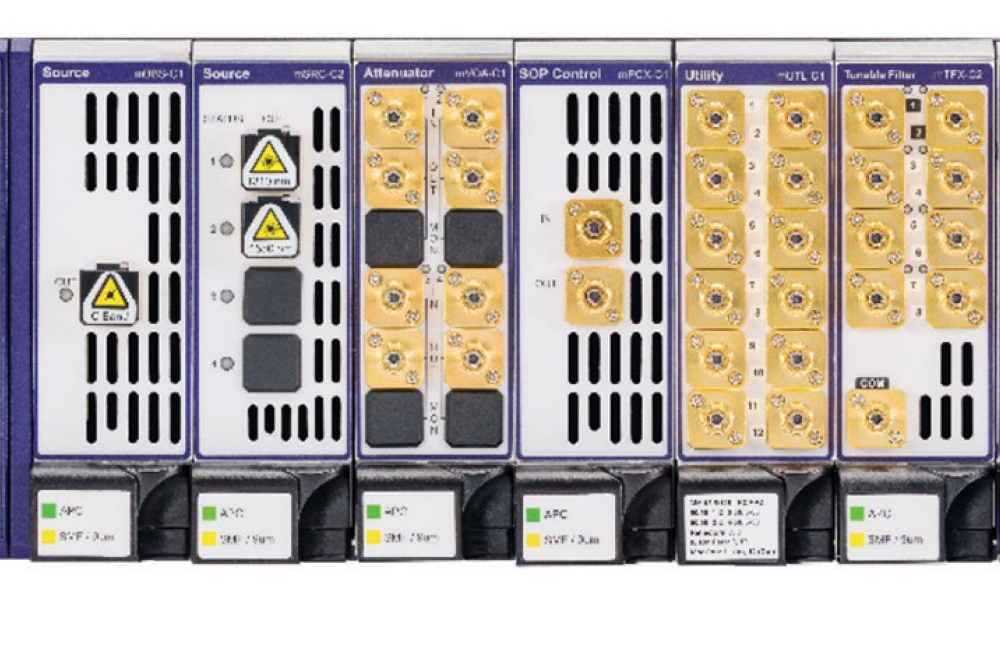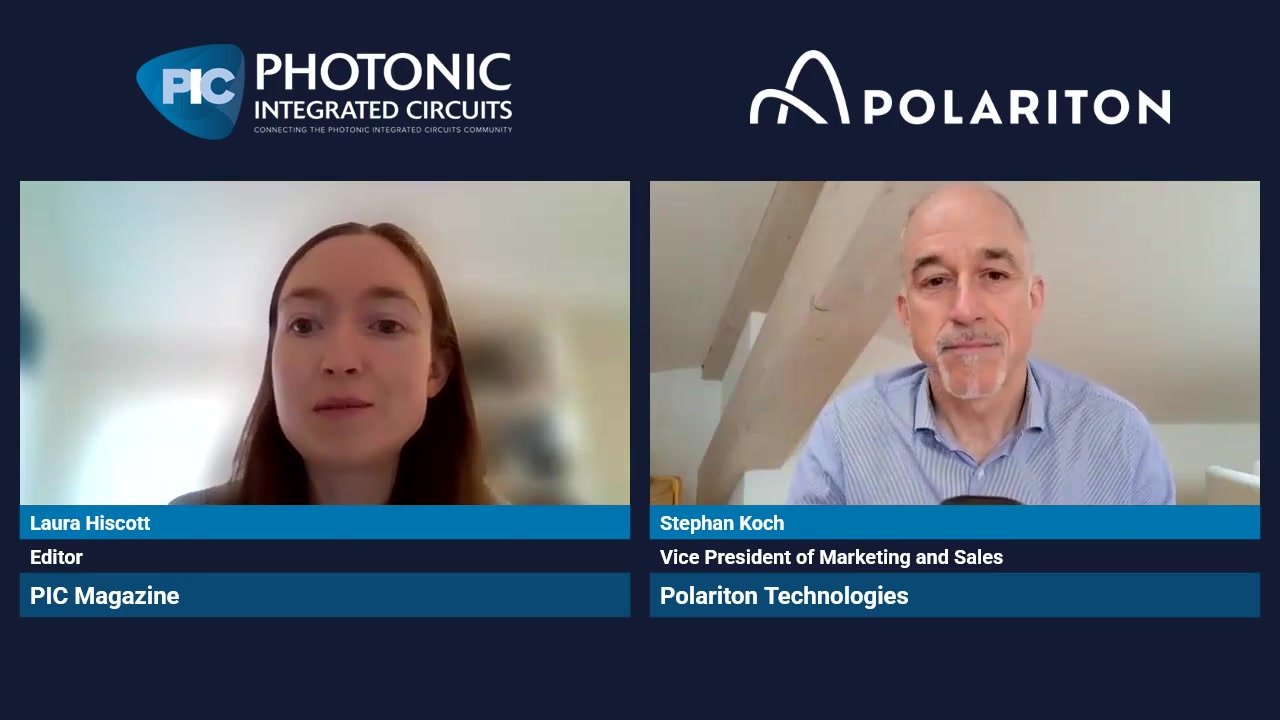New ultra-broadband compact optical amplifier

Researchers at EPFL and IBM Research have reported a photonic chip using gallium phosphide-on-silicon dioxide technology that outperforms traditional optical amplifiers in terms of both bandwidth and efficiency
Modern communication networks rely on optical signals to transfer vast amounts of data. But just like a weak radio signal, these optical signals need to be amplified to travel long distances without losing information. The most common amplifiers, erbium-doped fibre amplifiers (EDFAs), have served this purpose for decades, enabling longer transmission distances without the need for frequent signal regeneration. However, they operate within a limited spectral bandwidth, restricting the expansion of optical networks.
To meet the growing demand for high-speed data transmission, researchers have been seeking ways to develop more powerful, flexible, and compact amplifiers. Even though AI accelerators, datacentres, and high-performance computing systems handle ever-increasing amounts of data, the limitations of existing optical amplifiers are becoming more evident.
The need for ultra-broadband amplification – amplifiers that work across a wider range of wavelengths – is more pressing than ever. Existing solutions, such as Raman amplifiers, offer some improvement, but they are still too complex and energy hungry.
Now, researchers led by Tobias Kippenberg at EPFL and Paul Seidler at IBM Research Europe – Zurich have reported a photonic-chip-based travelling-wave parametric amplifier (TWPA) that achieves ultra-broadband signal amplification in an unprecedentedly compact form. Using gallium phosphide-on-silicon dioxide technology, the team says the new amplifier attains a net gain of over 10 dB across a bandwidth of approximately 140 nm – three times wider than a conventional C-band EDFA.
Most amplifiers rely on rare-earth elements to strengthen signals. Instead, the new amplifier uses optical nonlinearity – a property where light interacts with a material to amplify itself. By carefully designing a tiny spiral waveguide, the researchers say they created a space where light waves reinforce each other, boosting weak signals while keeping noise low. According to the scientists, this method not only makes the amplifier more efficient but also allows it to work across a much broader range of wavelengths, all within a compact, chip-sized device.
The team chose gallium phosphide because of its exceptional optical properties. First, it exhibits strong optical nonlinearity, which means that light waves passing through it can interact in a way that boosts signal strength. Second, it has a high refractive index, which allows light to be confined tightly within the waveguide, leading to more efficient amplification. By using gallium phosphide, the scientists say they achieved high gain with a waveguide only a few centimetres long, significantly reducing the amplifier’s footprint and making it practical for next-generation optical communication systems.
According to the researchers, they have demonstrated that their chip-based amplifier could achieve up to 35 dB of gain while keeping the noise low, as well as amplifying remarkably weak signals, with the amplifier handling input powers ranging over six orders of magnitude. These features make the new amplifier highly adaptable to a variety of applications beyond telecommunications, such as precision sensing.
The amplifier also enhanced the performance of optical frequency combs and coherent communication signals – two key technologies in modern optical networks and photonics – showing that such PICs can surpass traditional fibre-based amplification systems, the team adds.
The new amplifier could have far-reaching implications for the future of datacentres, AI processors, and high-performance computing systems, all of which can benefit from faster, more efficient data transfer. And the applications extend beyond data transmission, to optical sensing, metrology, and even LiDAR systems used in self-driving vehicles.
Image credit: Nikolai Kuznetsov (EPFL)































